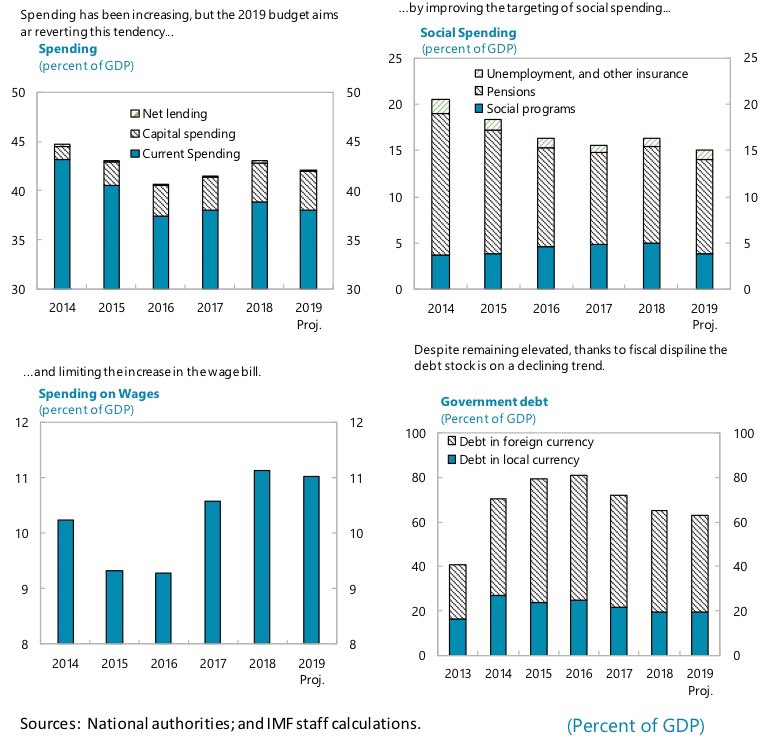

It was this frustration with the status quo that helped set the stage for the region’s division in 2014. A handful of powerful businesspeople with ties to President Victor Yanukovych and his party were riding high, but their good fortune hardly compensated for the sense of alienation and grievance among those who were not so lucky. Wage arrears were the worst in the country, life expectancies were low, carbon emissions were through the roof and – thanks in part to lagging birth rates and high infant mortality – the population was ageing. But its people had precious little to show for it. Consisting mainly of the Donetsk and Luhansk oblasts (administrative units akin to provinces), Donbas was responsible for roughly one quarter of Ukraine’s industrial production in the decades before the war. For decades this corner of south-eastern Ukraine has struggled with a decaying industrial economy, out-migration and a growing sense of frustration among the population. While the conflict that has beset Ukraine’s Donbas region has certainly added to its troubles, some of those woes long predate the conflict. Ultimately, Kyiv must find partners to help pay for Donbas’s modernisation – an effort with which Moscow and others should help. Kyiv should start moving in that direction by helping breakaway residents get government pensions, easing trade restrictions and seeking a deal to restore industrial assets to their Ukrainian owners’ control. But peace will require the restoration of economic ties and rebuilding. Peace, predicated on reintegration of the separatist areas in accordance with the Minsk framework, is the best route to recovery.

Areas controlled by Kremlin-backed separatists depend heavily on Russia, which does not recognise their independence and spends a great deal for what translates into meagre support to residents. Entire communities have fallen into poverty, now exacerbated by the COVID-19 crisis. The war in Ukraine’s Donbas plunged an economically troubled region into ruin. A 427km front line cuts through what used to be the most densely populated and industrially productive part of the country. Supply and market links have been shattered. Giant enterprises have shed jobs or collapsed.


 0 kommentar(er)
0 kommentar(er)
